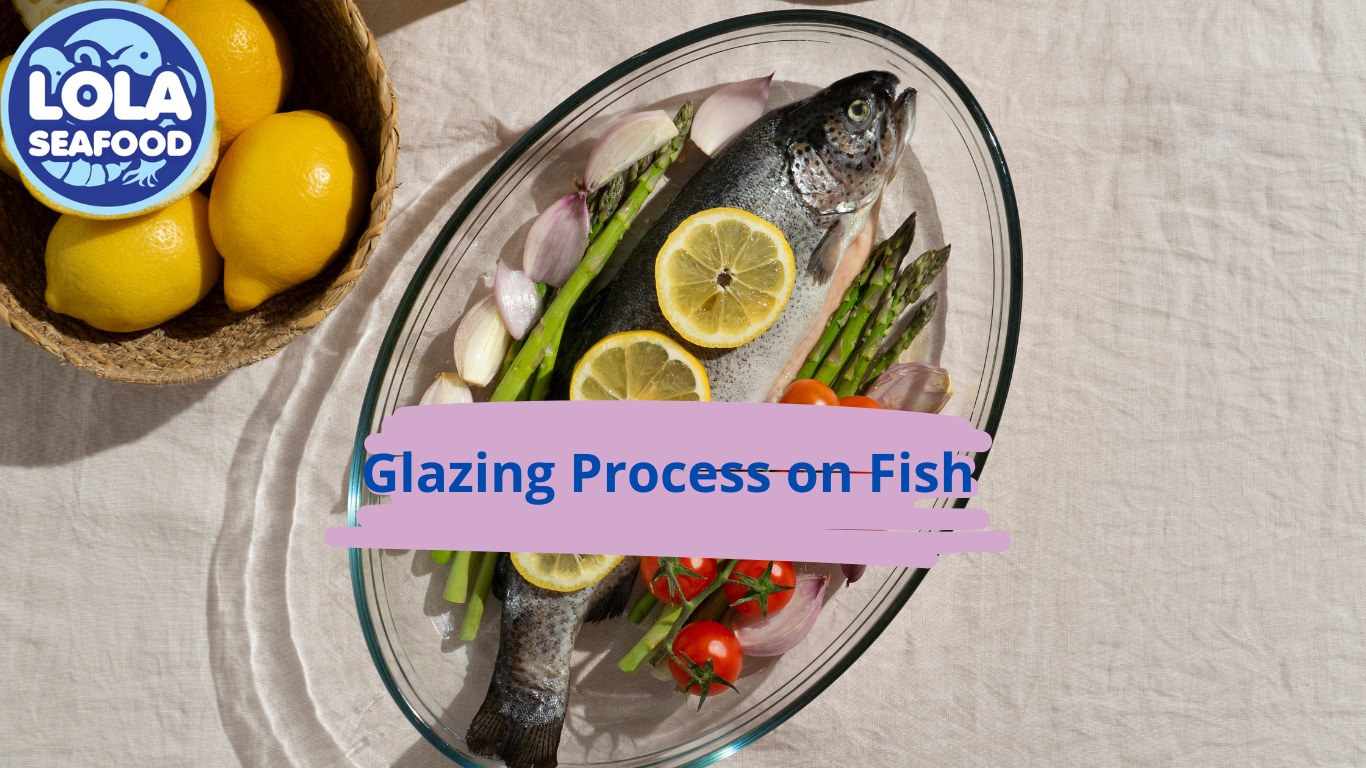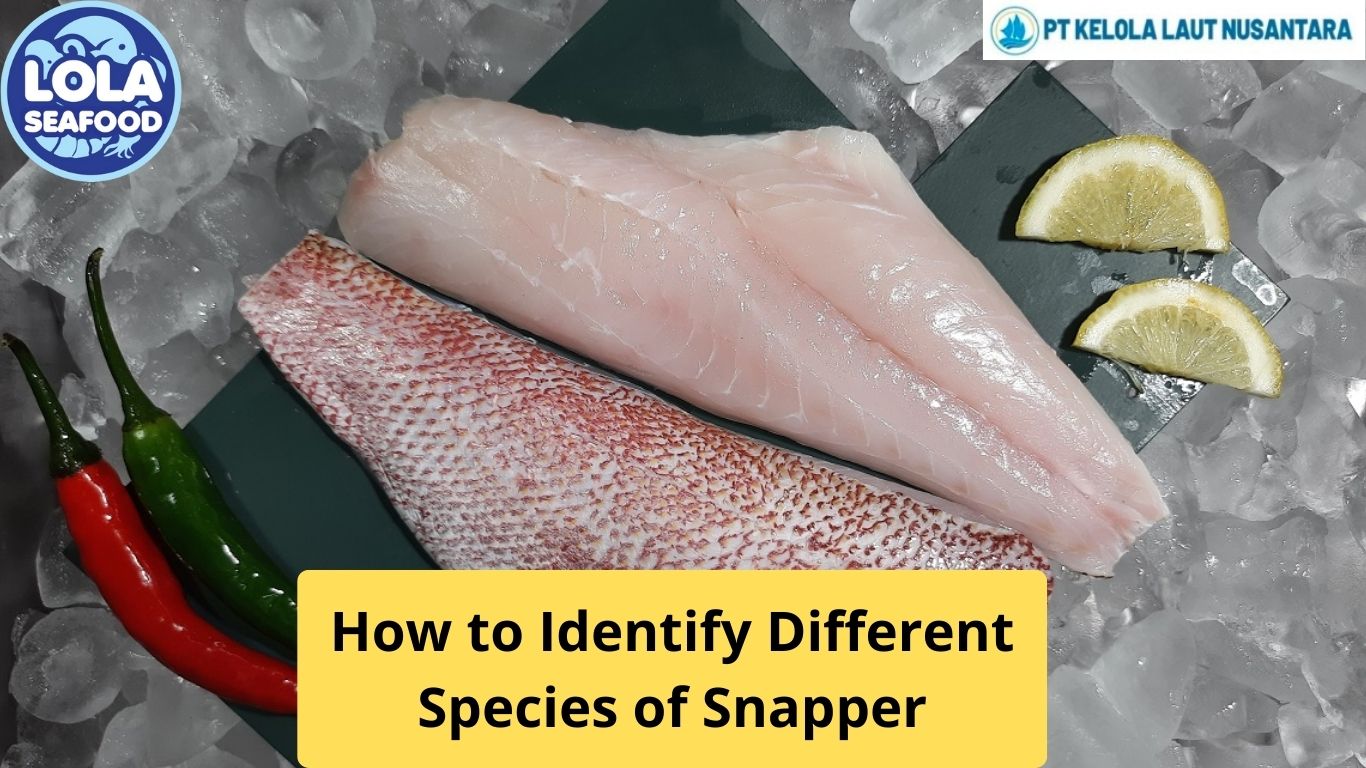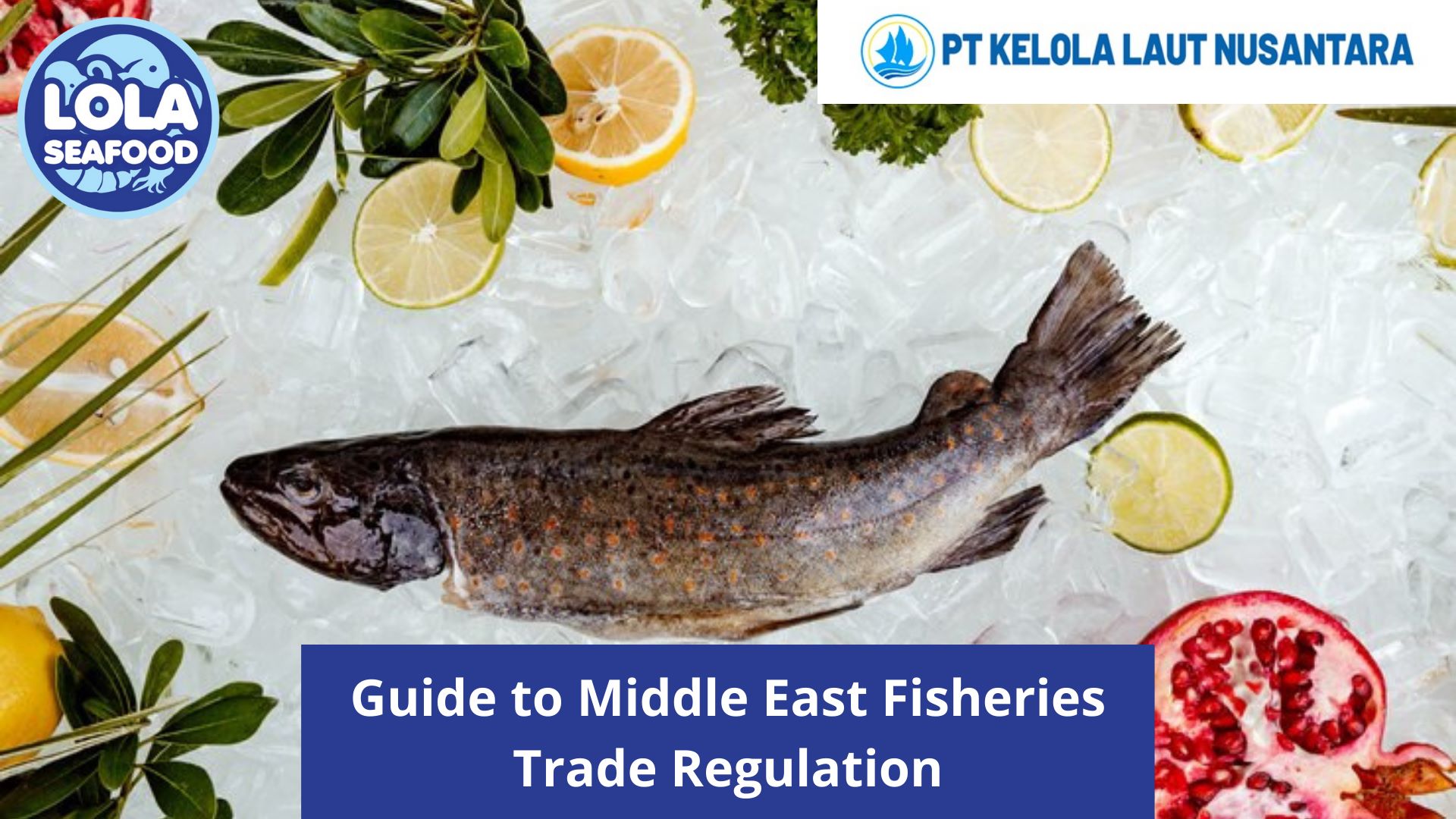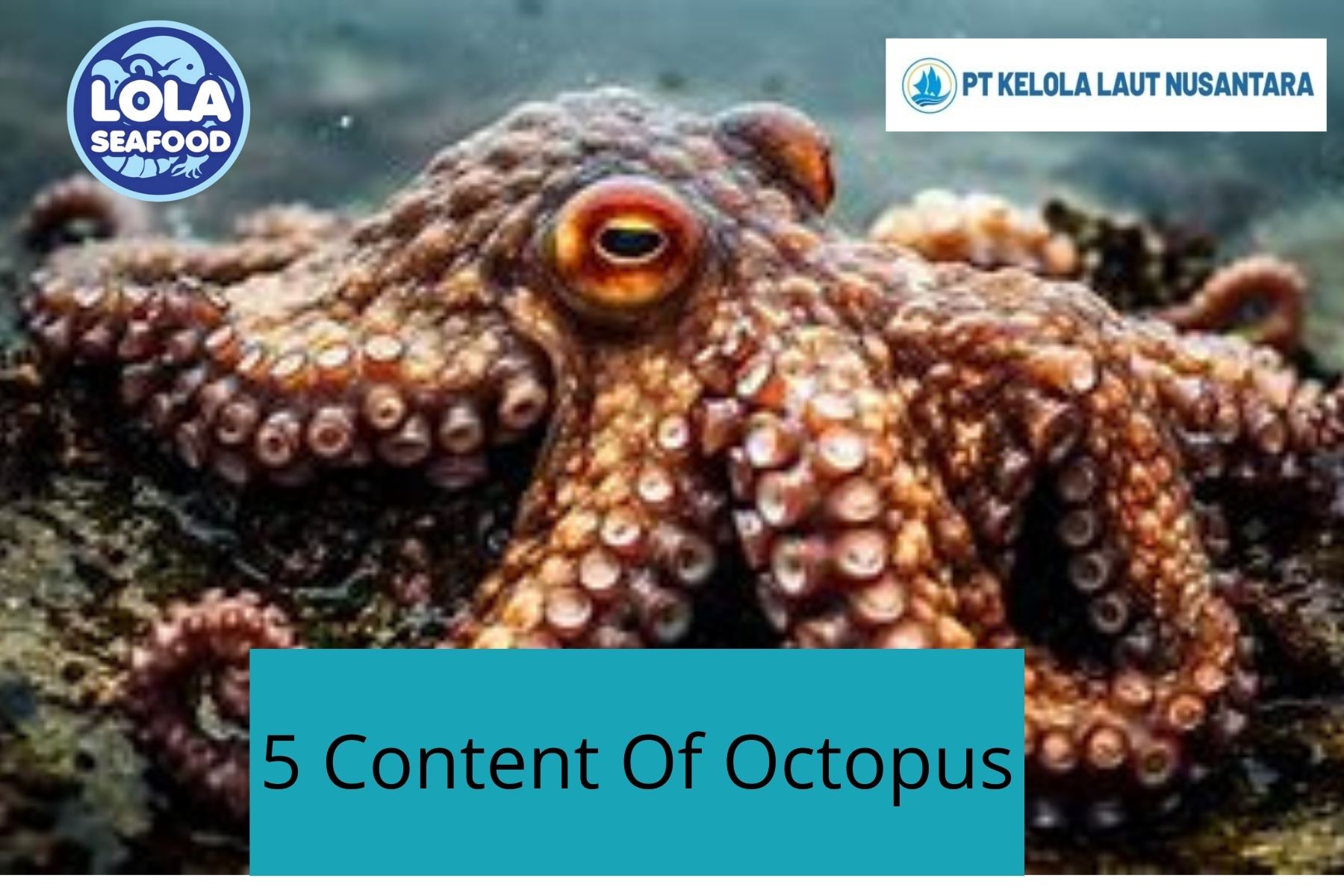Glazing Process On Fish
By. Najih - 23 Oct 2024
The glazing process on fish is a technique used to preserve the freshness and quality of frozen seafood products. It involves applying a protective layer of ice, known as an ice glaze, to the surface of the fish. This layer of ice helps to prevent dehydration and oxidation, which can lead to freezer burn and spoilage.
The Glazing Process: A Step-by-Step Guide
- Preparation: The fish is first frozen to a temperature of around -30°C to -40°C using cryogenic freezing or other methods. This step is crucial to ensure the fish is frozen solid before glazing.
- Glazing: The frozen fish is then submerged in a tank of cold water (around 0°C to 2°C) or sprayed with water to create a layer of ice on the surface. The water is usually purified and chilled to prevent contamination and ensure a smooth glaze.
- Glaze Formation: As the water comes into contact with the frozen fish, it freezes onto the surface, forming a layer of ice. The glaze thickness depends on factors such as the temperature of the water, the fish surface temperature, and the duration of the glazing process.
- Drainage and Packaging: After glazing, the fish is removed from the water tank and excess water is drained off. The glazed fish is then packaged and stored in a freezer to maintain the quality and freshness of the product.
Tips and Considerations
- The ideal glaze weight is 4-10% of the product weight to ensure effective protection without adding excess weight.
- The fish surface temperature should be above -70°C to prevent thermal stress and cracking of the glaze.
- Glazing should be done in a controlled environment to prevent contamination and ensure consistent glaze thickness.
- The glazing process can be done immediately after cryogenic freezing or after thawing and re-freezing.
Regulations and Standards
- EU regulations require the declaration of net weight excluding glaze on packaging
- Glazing practices should comply with food safety and quality standards
Glazing is an essential process in the preservation of frozen seafood products. It helps maintain the quality and freshness of the products, prevents dehydration and oxidation, and reduces freezer burn and spoilage. However, glazing practices can be affected by various factors, and poor practices can lead to inconsistent glaze thickness, contamination, and reduced product quality. Therefore, it is crucial to follow proper glazing procedures and comply with food safety and quality standards.
.jpg)
.jpg)





.jpg)
.jpg)